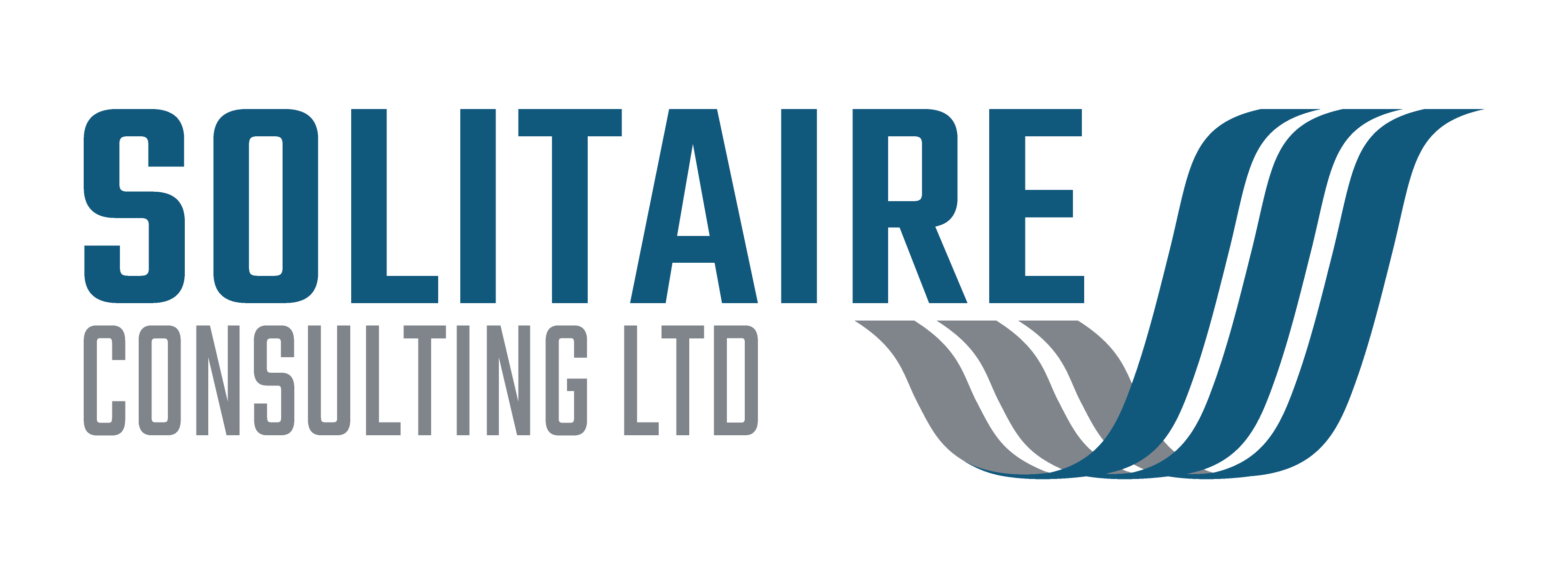In this first of a series of four articles on implementing a new business system I will be discussing the importance of understanding the context of change in the organisation, and how to go about establishing the right framework to undertake a significant system implementation project.
Given that you are already here looking at this blog it is fair to say you may already have made the decision to implement a new IT system. This could be migration from a legacy system or introducing a new piece of technology for the first time. Either way, this is likely to be a major project for any size of business and will involve a lot more than just the technology. Anyone who is going to use or manage the new system will have to ‘change’ some part of their job. The impact of change will vary from role to role, but before we go into this in more depth, it is probably worth stepping back to understand a bit more about how organisations change.
Change can be complex and requires a methodical and structured approach to manage successfully. It is complex because people do not like to be changed and will react to change in different ways. Without outside influence most people will remain in their comfort zones and continue to work in the way they always have done. I am a great fan of the Change Equation (see below), which is a useful model for checking if all the building blocks for successful change are in place. The key premise of the Change Equation is that meaningful change can only be achieved when people’s natural resistance to change can be overcome.
The Change Equation
Developed by Richard Beckhard, who stated that organisational change could be represented by the equation:
D x V x F > R
Where:
- D is dissatisfaction with the present
- V is the vision of how things could be
- F is knowledge of the first practical steps i.e. a plan, and
- R is the resistance to, or cost of, change.
In other words, people’s natural resistance to (imposed) change will only be overcome by the combined force of dissatisfaction, vision and knowledge of the first steps to achieve the change.
By multiplying the three factors the model implies that if any one factor is zero or missing then change will not happen at all.
How many times have you worked in an organisation that has a really good vision for change, has developed pragmatic plans to achieve the change, but it still doesn’t happen? This may be because there isn’t the sufficient will in the organisation, or people aren’t dissatisfied enough with the status quo to want to change.
I’m hoping that by reading this blog you are thinking about replacing your systems so there must be some level of dissatisfaction with the status quo. However, there are inevitably going to be pockets of resistance at different levels in the organisation and any resistance to change will need to be carefully managed throughout the implementation – I will talk more about this in a future post.
Project Initiation
Turning to the other two factors in the change equation, Vision and Plan, these are much easier to put in place, but it is important that the scene is set before you embark on the project.
To get everyone on board early in the process it is important that Senior Management set the vision for change. What is the future business going to feel like? How is it going to be better than today? What is going to be improved? And just as importantly what is not going to be improved?
In practical terms I would recommend this is all documented in a Project Initiation Document (or PID), which includes the scope for the project, what is going to be achieved and the resources and plan for delivery. Depending on the scope of your project it is worth considering having a separate Change Management Plan (CMP) which puts more emphasis on the business change aspects of the project, where the PID is focused more around the technology implementation. The CMP must include a communication plan to ensure the project details are communicated to everyone involved in ways that they will understand. I.e communicate the right message, to the right people, at the right time!
My final piece of advice for this article is the importance of good project governance. This is something that should also be described in the PID and CMP. In many cases your systems supplier we will assign a Project Manager to any implementation project. This experienced business consultant will co-ordinate the technical resources and ensure that the system is delivered on time and budget. However, it is essential that you as the client have your own project team ensuring all the other elements of the project are aligned across your organisation. I recommend you appoint your own Project Manager who will work closely with your vendor and be accountable to a project steering committee chaired by a senior manager in your company. The other key steering committee roles are the ‘Senior User’, responsible for representing the community of business users of the new software and ‘Project Assurance’, a semi-independent role to ensure that the project delivers its objectives and correct procedures are followed to manage risks and issues and deal with any changes.
In summary, before you sign on the dotted line and start your implementation project make sure you understand the context of change within your organisation, have a clear vision for change which has been communicated to everyone involved and ensure you have setup the project governance appropriately. In my next post I will talk more about the processes you need to have in place during implementation.
“Change is hard because people overestimate the value of what they have and underestimate the value of what they may gain by giving that up”
Source: James Belasco and Ralph Stayer
Coming soon, the next article in this series:
Understanding IT Systems Change Part 2 – The importance of change management






4 Responses